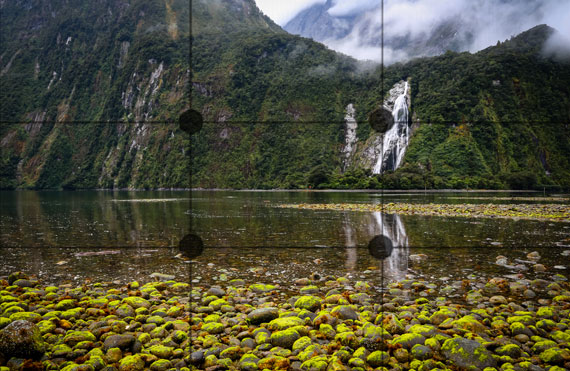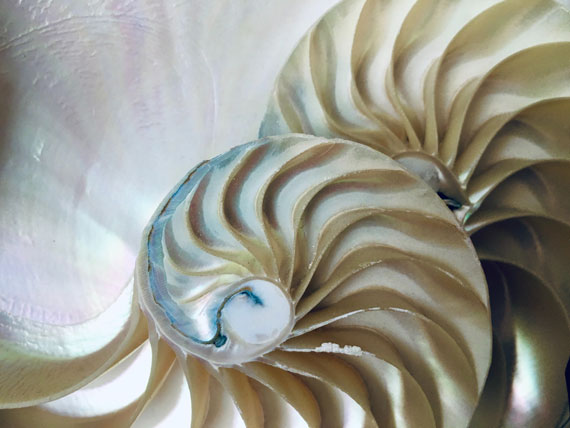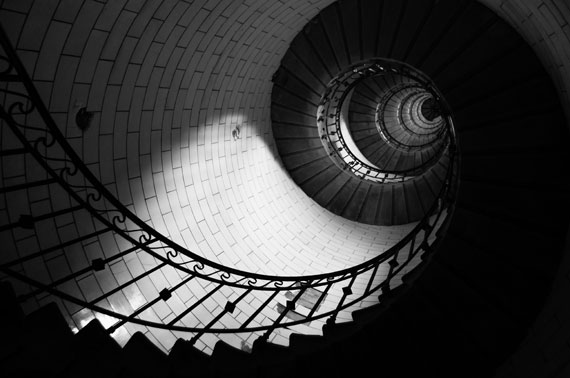In the art of photography, it’s the harmony of visual elements that creates a memorable photo. Two fundamental techniques often discussed to achieve this are the Rule of Thirds and the Fibonacci Spiral. Both of these techniques serve as powerful tools to guide composition, leading viewers’ eyes to a specific point in an image. However, they vary in usage, execution, and situations where they can be applied effectively. Let’s take a detailed look at both of these techniques and see how they compare.
Quick reminder: today’s quick tip comes from the Composition Cheat Sheets which are currently 81% off for a Pre-Black Friday Sale.
The Rule of Thirds: Simplicity in Action
The Rule of Thirds is one of the most recognized composition principles in photography and visual arts. This technique divides the frame into a 3×3 grid, with two equally spaced horizontal and vertical lines. The idea is to position the important elements along these lines, or at the points where they intersect, to achieve balance and engage the viewer more effectively.

The Rule of Thirds is easy to understand and apply. Many modern cameras and smartphones even come with a grid overlay feature that helps with this technique. By moving away from the center, the photograph gains more depth and interest, which generally provides a more pleasing result. The Rule of Thirds is especially effective in landscapes, portraiture, and still life photography.
However, as with any rule, there are exceptions and instances where breaking the Rule of Thirds can result in a more compelling composition, such as symmetrical scenes or those where a centered composition provides more impact.
The Fibonacci Spiral: Nature’s Rule
The Fibonacci Spiral (also known as the Golden Ratio or Golden Spiral) is a more mathematically derived method for composition based on the Fibonacci Sequence, a series of numbers in which each number is the sum of the two preceding ones. When applied to visual arts, a spiral is created, starting small and growing larger in a counter-clockwise direction following the Fibonacci sequence.

Photo captured by Giulia May
This spiral gives photographers a tool for aligning the composition to draw the viewer’s eye through the image in a natural flow, often leading to the image’s primary subject. It’s seen as a ‘natural’ composition rule because the Fibonacci sequence is found throughout nature, from the spiral of galaxies to the patterns in flowers and shells.
The Fibonacci Spiral is often used in more complex scenes where the elements lead the viewer’s eye in a spiral to the point of interest. This can often create a more dynamic, engaging image. The technique is highly beneficial in landscape photography, street photography, and instances where there are natural lines or curves in the scene.
The Rule of Thirds vs. The Fibonacci Spiral
So, how do these two composition principles stack up against each other?
Ease of Use: The Rule of Thirds is undoubtedly simpler to use, especially for beginners. The Fibonacci Spiral, with its more complex pattern, can take a bit more effort to apply correctly. The Rule of Thirds is straightforward to visualize, and many cameras provide support for it with an optional grid overlay.
Flexibility: While the Rule of Thirds can be used in virtually any photograph to improve its aesthetic appeal, the Fibonacci Spiral provides a unique perspective that can offer an additional layer of visual interest to a photograph. However, not all scenes lend themselves to the Fibonacci Spiral, making it less universally applicable than the Rule of Thirds.
Nature vs. Structure: The Fibonacci Spiral is a pattern frequently seen in nature, making it a perfect match for photos aiming to replicate natural growth or movement. On the other hand, the Rule of Thirds, with its straight lines and intersections, lends itself well to more structured, balanced images.

Photo captured by Joseph Barrientos
Conclusion
In summary, both the Rule of Thirds and the Fibonacci Spiral offer valuable guidance for composing photographs. Neither is objectively better than the other; rather, their effectiveness depends on the specific context and the photographer’s creative intent. The beauty of photography lies in the freedom to experiment and explore, so don’t be afraid to use both rules, break them, or even combine them to create your unique vision. As the saying goes in photography, “Learn the rules like a pro, so you can break them like an artist.”
For Further Training:
Are you ever tired of your photos looking dull or boring? Our new Composition Cheat Sheets have you covered. With clear, concise information on all the essential elements of composition, you’ll never be unprepared again. They are currently 81% off leading up to Black Friday if you want to check them out.
The perfect companion for any photographer. Print one out whenever you need it. These cheat sheets consolidate crucial composition-related information, allowing you to concentrate on what truly matters – composing striking photographs.
Pre-Black Friday sale ending soon: The Composition Cheat Sheets at 81% Off
Like This Article?
Don't Miss The Next One!
Join over 100,000 photographers of all experience levels who receive our free photography tips and articles to stay current:








Leave a Reply